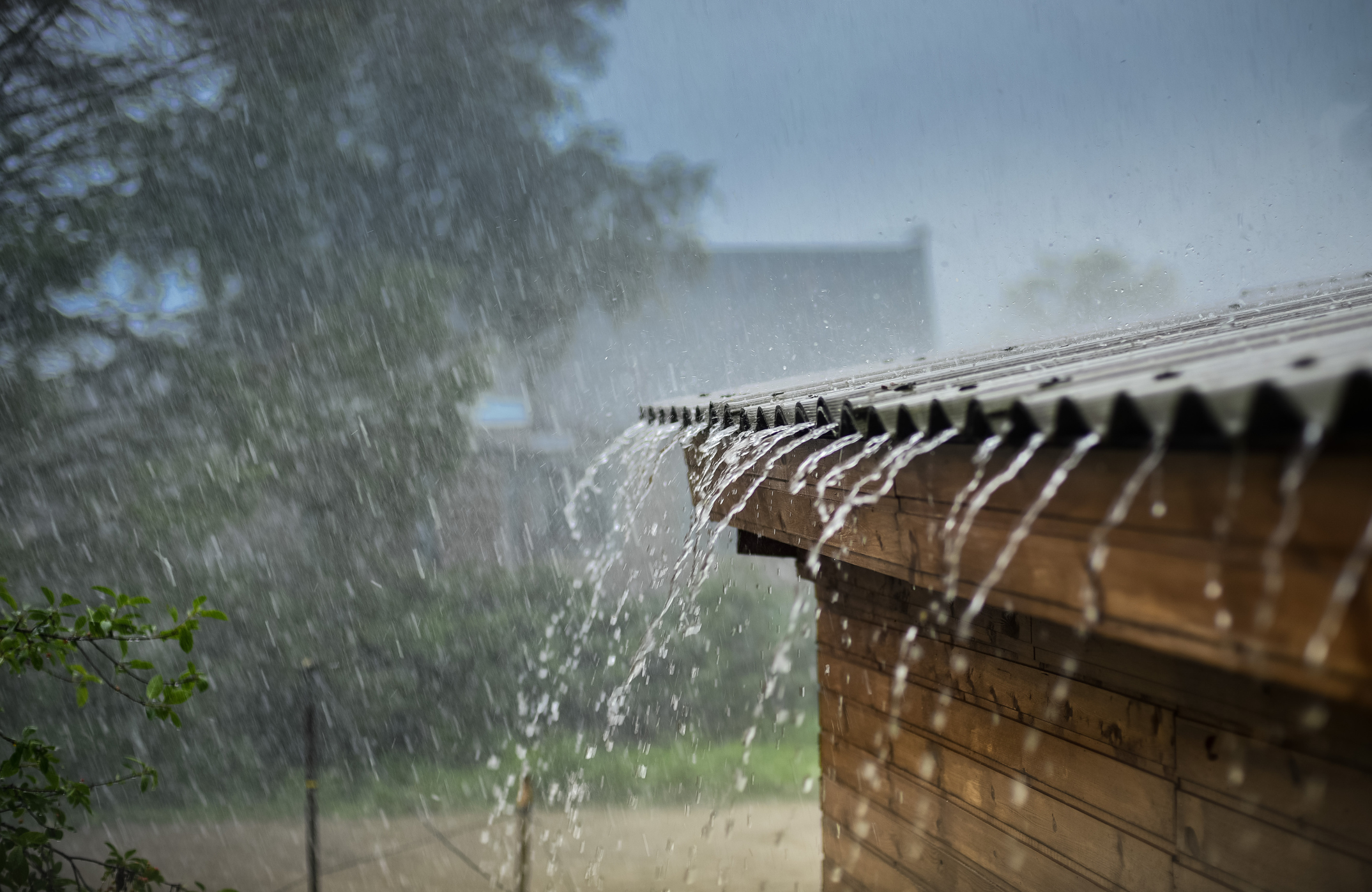Low and behold, Florida’s rainy season is quickly approaching. It begins in May and does not let up for five whole months. However, with every rain cloud, we truly believe there is a silver lining. We’re going to show you steps to protect you home and yard during this soggy time.
Why prepare for downpours?
Sure, Floridians face a pretty narrow spectrum of problems when it comes to weather; but that does not mean they are any less serious. Lightning, hurricanes, intense heat… it all goes with the territory. Nevertheless, even though Florida’s rainy season seems to be the least of these threats, in reality it is the most frequent. And just like our friendly (yet frequently) visiting mosquitos, if left untreated, can cause big damage.
To shed some light on the situation, keep in mind that 20% of flood insurance claims come from moderate to low risk areas. Additionally, flooding can happen anytime, and anywhere.
10 things to do right now in preparation of Florida’s rainy season:
1. Get a roof inspection.
It’s important to always use a certified contractor. Common components an inspector will examine are the overall appearance of the roof, evidence of ceiling cracks and leaks, broken or missing shingles, and damaged or missing flashing points.
2. Repair any broken gutters.
Furthermore, make sure they are clean and unclogged.
3. Walk around your home and look at the foundation.
Check for settling water spots. Also, look at the soil. Backfilled soil around the foundation is looser than natural soil. If the area near the foundation of your home is loose, you may need to take further steps.
4.Trim back all tree and shrub limbs that are too close to your home.
This is not only good as a squirrel and bug deterrent; it also stops the potential of fallen branches damaging your property.
5. Direct downspouts away from your home’s foundation.
Take note of where the water runs off as well. Downspouts that do not properly direct water away from your home can seep excess water under your foundation.
6. Install weatherstripping.
Install this protective addition on windows and doors where necessary.
7. Inspect your exterior paint.
Bubbles mean there is moisture getting behind the paint.
8. Call your city if neighborhood street drains appear clogged.
Your local public works department will be in charge of handling this situation.
9. Make sure your home insurance is in order.
Talk to your adjuster and understand your coverage.
10. Create a bug out bag.
Pack a book bag’s worth of essentials that you can take in case you need to leave your home in an emergency. Things like toothpaste, long pants, and other personal care items are suitable.
A little more information about our rain
Here’s a little more information about Florida’s rainy season.
1. Statewide, the highest rainfall amounts occur during the summer months.
2. The heaviest rainfall to occur in 24 hours was measured in Yankeetown during the 1950s. Hurricane Easy left 38.70 inches of precipitation.
3. Some places in Florida report in excess of 90 thunderstorm days per year.
4. On average, it rains 46.31 inches in Tampa, annually.
We hope that this article has helped you understand more about Florida’s rainy season. Continue to follow our Achieva Life blog for further lifestyle and financial tips.








